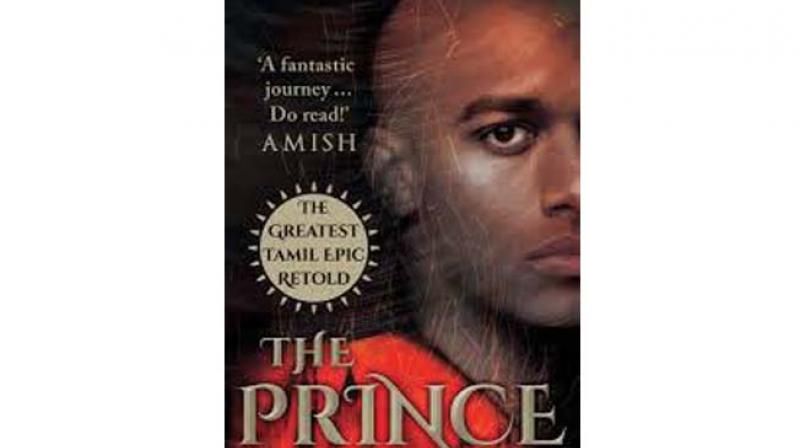Samhita Arni takes on society with a Tamil epic
Over two millenia later, India burned too, as thousands of women poured onto the streets, calling for equality, for justice, for safety.

Bengaluru: “When the glorious Pandya, his dancers and his palaces... were all burnt down to ashes, destroyed by the flames of virtue...” (Shilappadikaram, Ilango Adigal, Alain Danielou). And thus, Kannaki, the wrathful woman, found revenge on the unjust king who had executed her husband.
Over two millenia later, India burned too, as thousands of women poured onto the streets, calling for equality, for justice, for safety. It was the year 2014 and the Nirbhaya case had taken centre-stage, unleashing a wave of wrath from women across the country. Samhita Arni watched this unfold, disturbed by the tragedy of what had taken place and staggered by the collective fury. It led to what she calls an obsession with 'Shilappadikaram', the Sangam-era epic, a story of love, betrayal, grief and above all, wrath. The Prince, her latest book, is the culmination of a five-year journey spent studying Ilango's Shilappadikaram. She spent a year with her aunt, Uma, reading the epic in Tamil and referring to translations by Danielou as well as translations of the sequel, Manikmekalai and of Sangam poetry by the acclaimed Tamil scholar George Hart.
That she would throw herself headlong into literature and poetry is not altogether unusual; Samhita Arni, Sam, to her friends, began writing at the age of eight. The Mahabharata - A Child's View went on to be published in seven language edtions and sold some 50,000 copies worldwide. Samhita hasn't looked back since. She is the author of Sita's Ramayana, a graphic novel and The Missing Queen. The Prince, which was launched at the Bangalore International Centre on Friday evening, is her fourth.
During a riveting conversation with writer and translator Arshia Sattar, Sam talks us through the epic of Kannagi, the merchant wife whose husband was wronged by the king of Madurai.
When Kovalan is executed, Kannagi enters, smashing the remaining anklet on the floor so rubies spill out. The queen's anklet is broken also, to reveal a stream of pearls. And so the city of Madurai would burn. "The second part of the book is unexpected. Kovalan is a rich man who leaves his wife (for a dancing girl), then returns to her, impoverished. Kannagi's rage, on the other hand, is not directed at her husband but at a king who failed to do justice," she says.
"It is a story of righteous anger - today, the expression of emotion is very gendered. Men feel anger but are not allowed to feel grief. In a woman, anger is regarded as a non-feminine emotion, at least, that's how it was when I grew up."
The landscape of Sangam poetry, where feelings are transposed into divine power, fascinated Samhita greatly. "There is great power in accessing emotions." The story of the woman of wrath was the start of her journey but Samhita found herself more and more drawn to Ilango Adigal himself, the poet-author.
Uthiyan, one of her protagonists, is inspired by Ilango, a Chera prince, the younger son of king Nedum Cheralatan and younger brother of Senguttuvan, the warrior-king. An astrologer said Ilango would be a great king himself, despite being the younger son. Ilango chose then to sidestep his fate, renouncing his kingly destiny and becoming a monk instead. "The man who turned his back on fate fascinated me," said Samhita. This is not the only Kannagi that history has left us with, Samhita remarks. "There is another, a queen, from the Palanni hills. There is some Sangam poetry that talks about her grieving, upset because her husband has left her for a dancing girl. Kannagi the queen makes it into the book as well, a possessive wife, always afraid that her husband will leave her for another woman, which, admittedly, had been the case once already. "I do feel Ilango was influence dby this Kannagi, who is a real historical character," she said.

